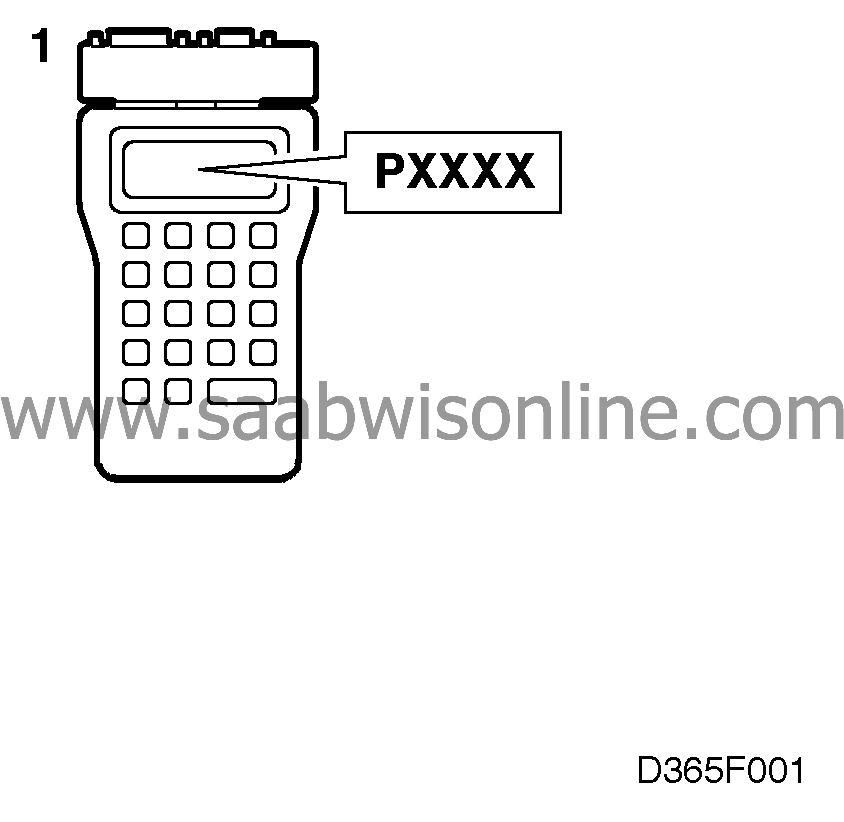Points to bear in mind when diagnosingfaults
|
|
Points to bear in mind when diagnosing
faults
|
It is impossible to give any general rules for the procedure to follow when
diagnosing faults in each individual case. Depending on the fault symptoms and other
information available, one method may be the best in some situations and another method
best in others.
|
Important
|
|
Diagnostic trouble codes should only be used for diagnostic purposes. They do not
necessarily indicate a faulty component.
|
|
|
However, the following points may serve as guidance when diagnosing faults in
the ICE control module.
|
1.
|
Always begin fault diagnosis by
using a scan tool to read any diagnostic trouble codes that may have been generated. Use the
"ALL SYSTEMS" command to read all diagnostic trouble codes. Make a note of the trouble
codes or save them in the scan tool's internal memory by using the "SAVE FAULT
CODES" command. Diagnostic trouble codes stored internally can be displayed with the
"RECALL FAULT CODES" command.
Trouble codes present:
Continue with "Fault diagnosis
with diagnostic trouble codes".
No trouble codes present:
Continue with "Fault
diagnosis with fault symptoms".
|
|
2.
|
Some fault diagnosis procedures involve unplugging connectors while the
ignition switch is in the ON position. This can give rise to diagnostic trouble codes. Therefore,
when you have finished fault diagnosis, always clear any diagnostic trouble codes that may
have been generated. Clear all diagnostic trouble codes by using the "CLEAR"
command.

|
|
3.
|
Check fuses 2, 21, 17 and 35 as well as MAXI fuse 3.
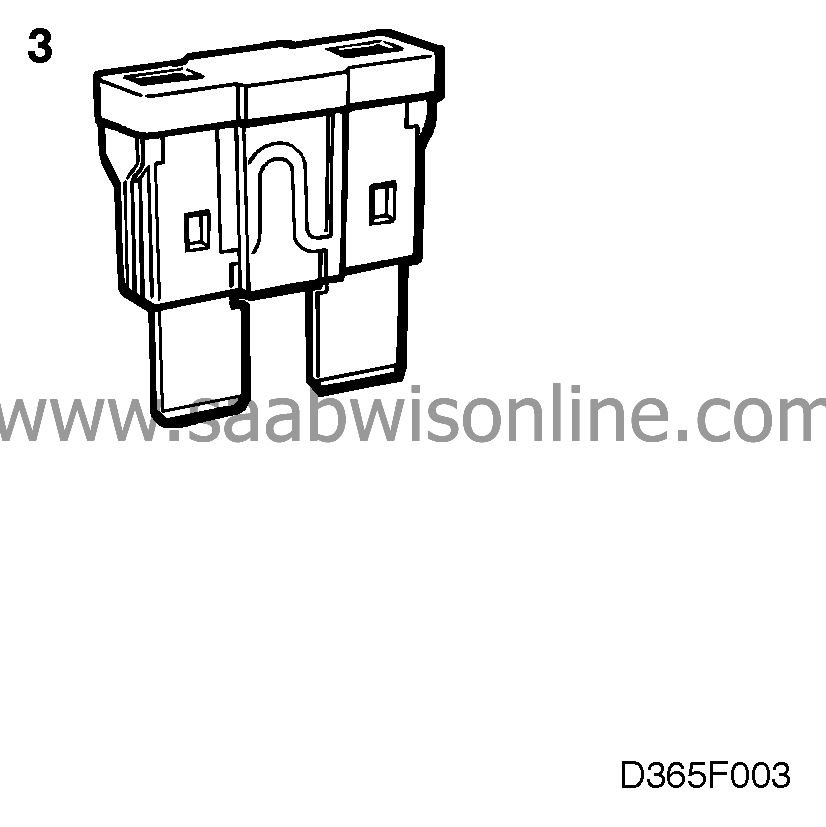
|
|
4.
|
Check all connectors, especially for corroded contact pins, excessive play, loose
or retracted pins and anything else that may have an adverse effect on good electrical contact.
If connector trouble is suspected, always spray KONTAKT 61 (part No. 45-30 04 520) contact
cleaner into the female connectors.

|
|
5.
|
Be sure to check whether the "CHECK ENGINE" lamp (MIL) or any
other warning lamp is on.

|
|
6.
|
Faults may be persistent or intermittent. A persistent fault continuously meets the
fault criteria, i.e. the fault exists only under certain conditions. Examples of such conditions
are:

|
|
|
•
|
Faulty connectors (see point 4).
|
|
|
•
|
Electromagnetic interference. Interference may consist of electromagnetic
radiation emanating from the car's own equipment or from powerful broadcasting
transmitters when the car is driven past radio and TV masts, high-tension transmission lines
and places like airports, etc.
|
|
|
•
|
Faulty components. Switching functions in relays, solenoids, etc. may cause
interference through arcing as the contacts make and break.
Intermittent faults require careful analysis to ensure that components in perfect working
order are not changed unnecessarily.
|
|
7.
|
In general:
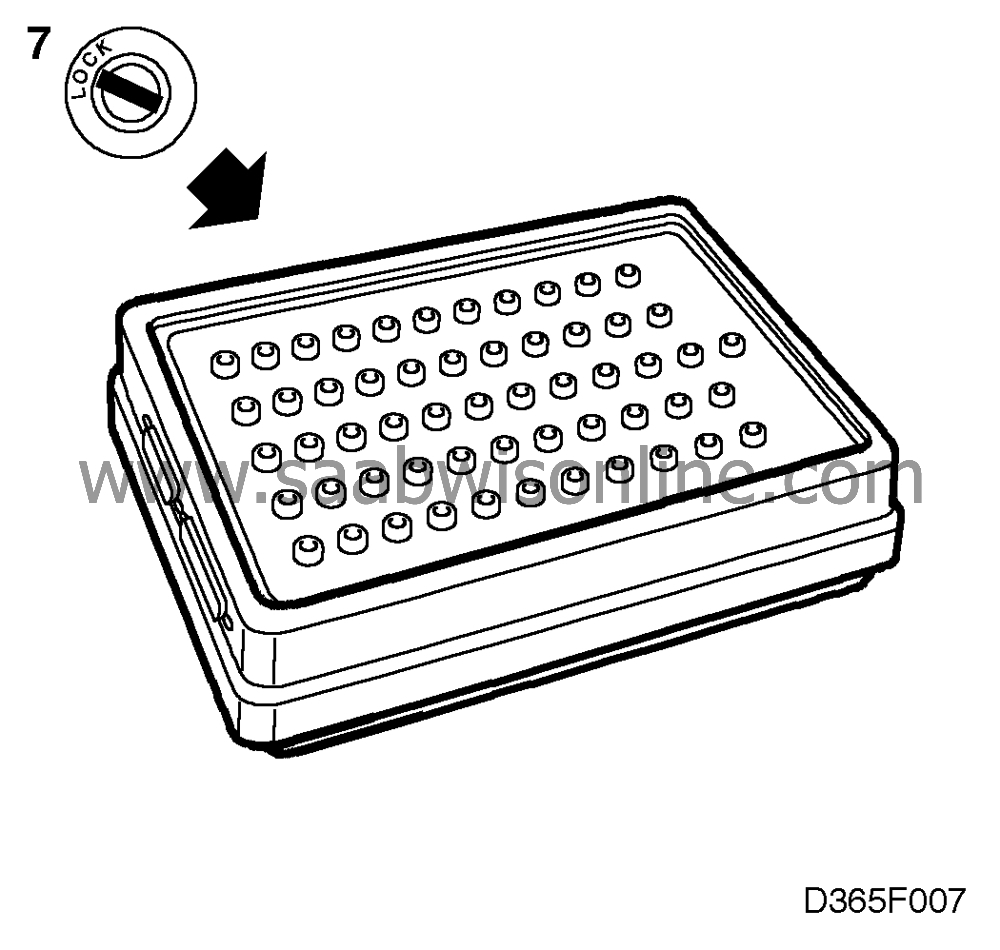
|
|
|
•
|
When connecting a BOB, make sure that the ignition
switch is in the OFF position.
|
|
|
•
|
When unplugging connectors, make sure that the ignition switch is in the OFF
position.
|
|
|
•
|
When taking resistance readings, make sure that the ignition switch is in the
OFF position.
|
|
8.
|
Measuring the resistance of solenoids and relays. The nominal resistance is
specified at 20°C (68°F). The resistance of the winding is strongly temperature-
dependent and increases with rising temperature. Exercise caution when judging the results of
such resistance measurement.

|
|
9.
|
Fault diagnosis strategy, with or without diagnostic trouble codes, is based on the
occurrence of one fault only - the primary fault. However, such a fault may give rise to other
faults - consequential faults. If the primary fault is rectified, then the symptoms of the
consequential faults will disappear at the same time. The probability of two faults occurring
independently is considered to be slight and is not dealt with in this manual.
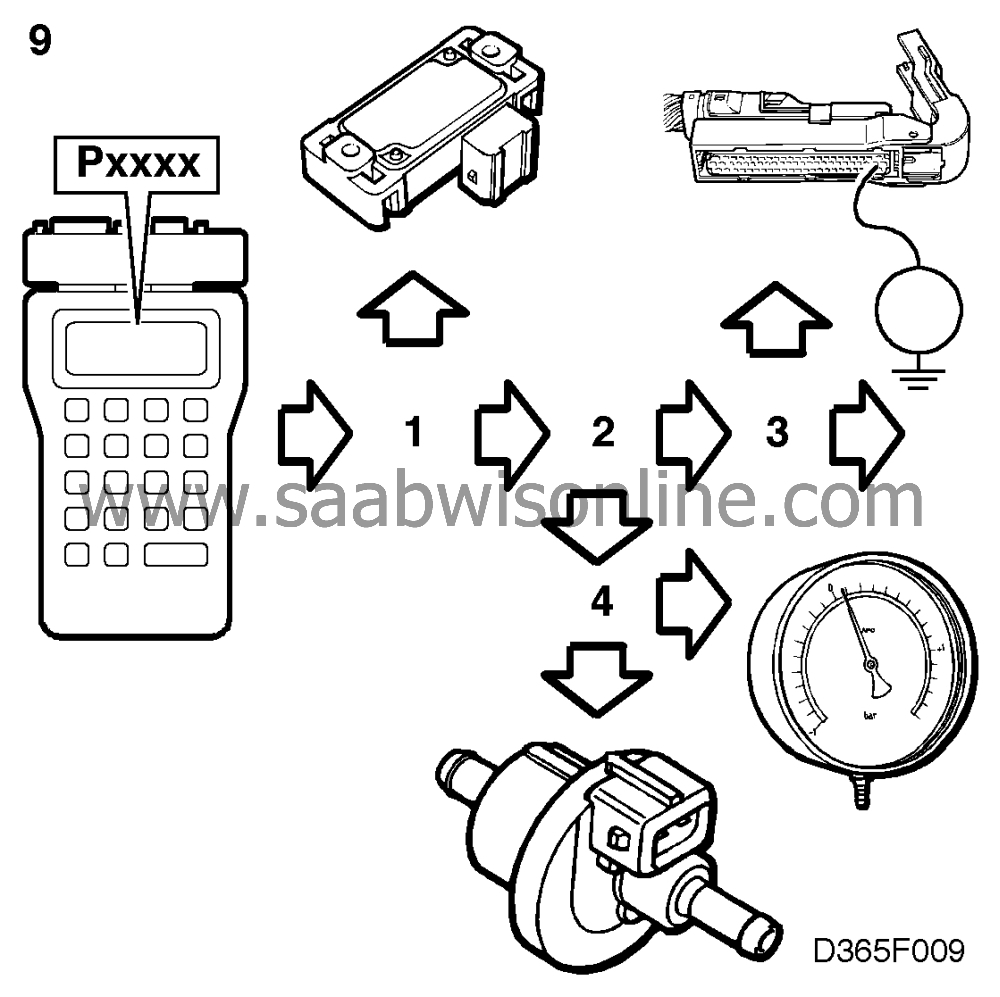
|
|
10.
|
Always end fault diagnosis, with or without diagnostic trouble codes, by checking
that the fault symptoms do not persist and that the trouble codes do not recur after remedial
action has been taken.
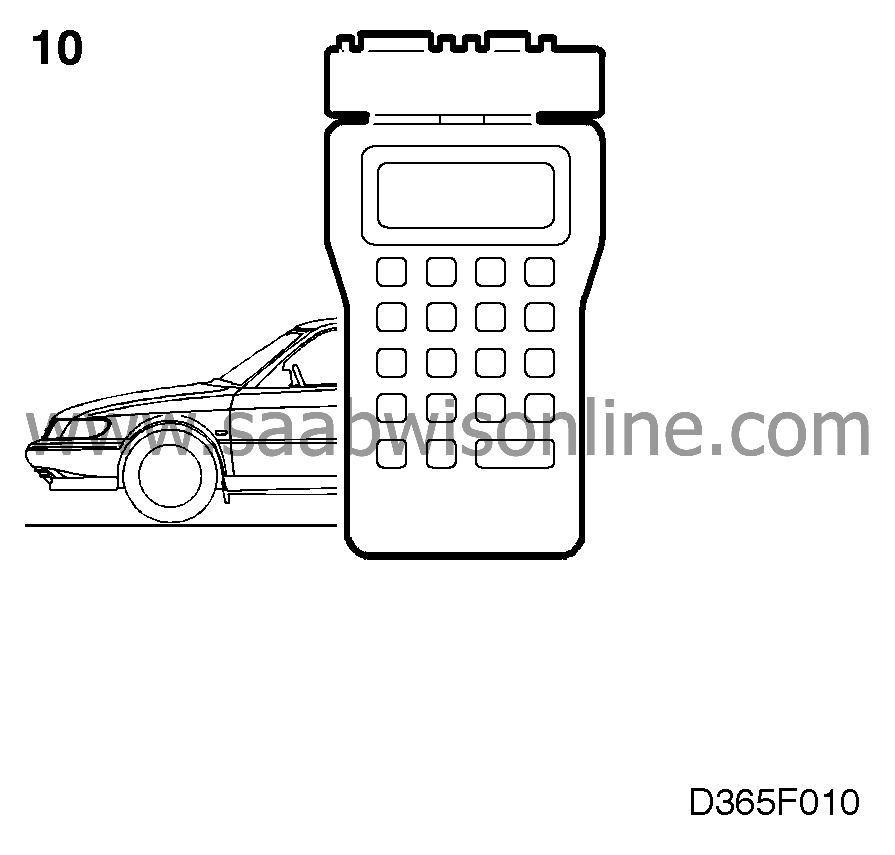
|





